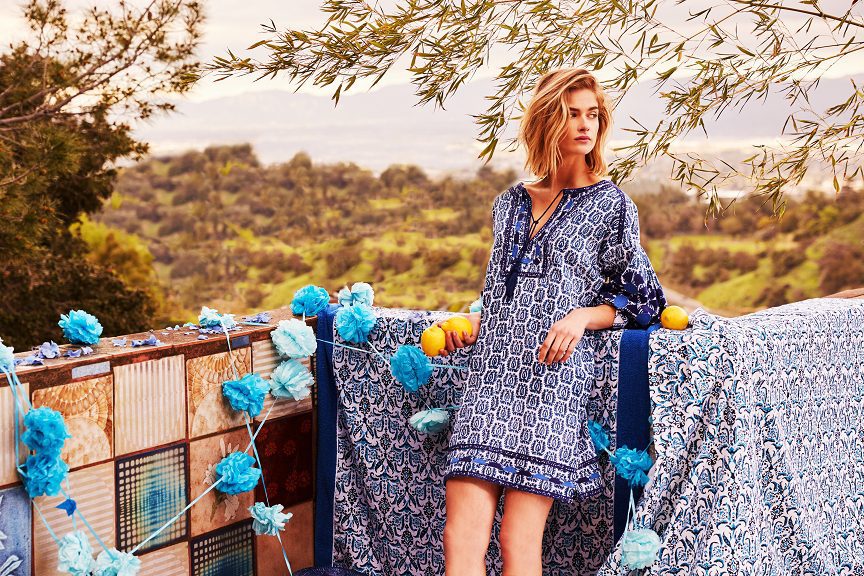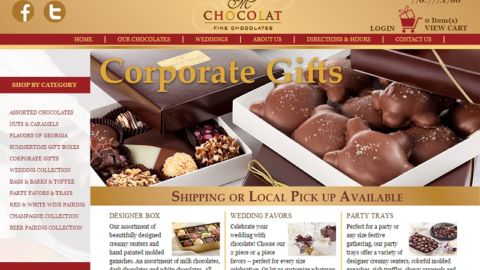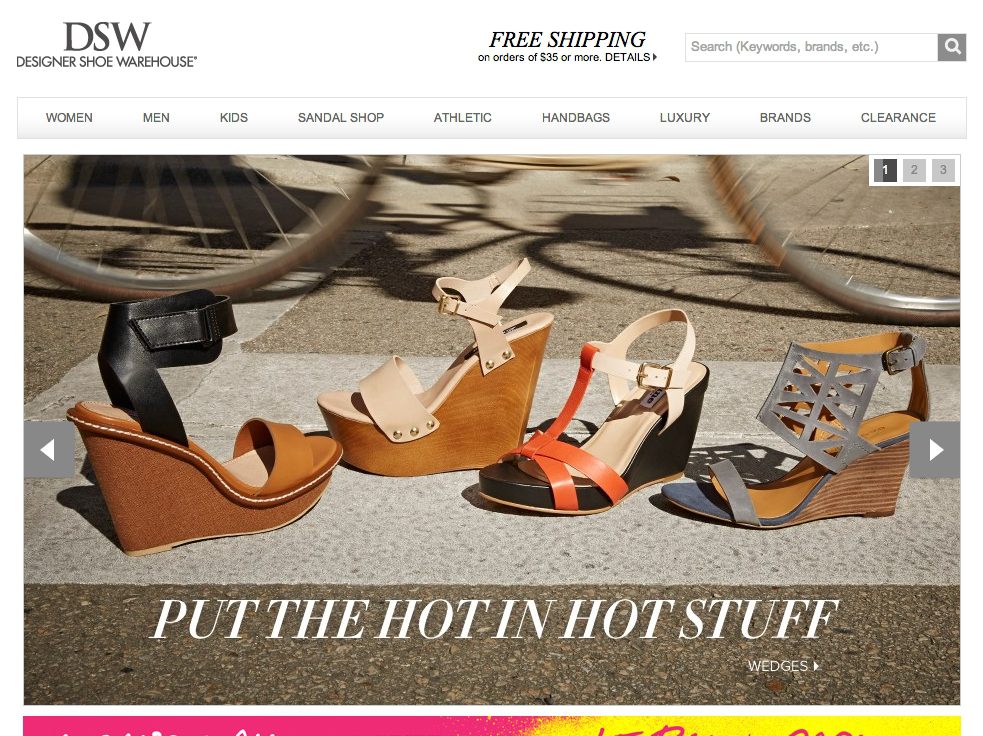Roberta Roller Rabbit, a fashion, lifestyle and home goods retailer with 11 stores, an e-Commerce site and a wholesale operation, partnered with RELEX Solutions to improve assortment planning, allocation and replenishment, and data access as its continues to grow across all its channels.
Since taking the RELEX platform live beginning with the allocation of its Spring 2017 collection, Roberta Roller Rabbit (RRR) has:
-
Doubled the design adoption rate of factory samples in the assortment planning processes from 35% to 77%;
-
Reduced inventory by 25% year-over-year;
-
Lowered inventory management labor by 35%; and
-
Improved in-stocks.
The RRR team had plenty of challenges on its hands when it selected the RELEX platform. Individual departments were too siloed and while there was lots of conversation, there was a lack of collaboration. Product assortment orders were often too broad and lacked depth, while poor inventory management resulted in out of stocks even when there was lots of inventory available.
Joe Young, CEO of RRR, attributed many of these issues to disparate data.
“Our previous assortment process lacked all sense of planning,” Young said in an interview with Retail TouchPoints. “We had a good POS system, so they had data, but it was very fragmented. Some of the data sat in the POS system, some of it sat in the financial ERP system, while the rest sat in a web application. Data was all over the place, and there was never a coherent view of what the company was doing in total, only from a channel view.”
Using RELEX Assortment Planning, RRR team members can visit a plan in one place and make edits that are visible across channels. Additionally, the platform enables the retailer to calculate size profiles based on sales history and apply them to an assortment plan to create optimal buy quantities by size. This capability reduced the size assortment planning time from weeks to days, according to Young.
“They would be showing hundreds of these product samples,” Young noted. “And at the end of the day, they would be editing out 65% to 70% of all this creation that vendors had put into our system, and it was all wasted. So the idea was to get rid of this waste. When you design, you design within parameters. [Designers] are now given a numerical objective of how many samples across each of the body types and across each of the categories. There’s now a lot of dictation of how things are done. More importantly, most of the decision making is pushed upstream, so we’re not deciding at the sample level; we’re making all the decisions at the computer-aided design (CAD) level.
RRR Uses Assortment Planning To Unify Data, Automate Reporting
With the RELEX platform, Young wanted RRR to accomplish three objectives:
-
Unify data from all channels and sources;
-
Bring planning into the organization; and
-
Automate reporting to minimize errors and cut labor time.
“When we looked to the program itself, I wanted to keep it simple,” Young noted. “I wanted to make sure it could work within the configuration boundaries and not develop anything custom — meaning that the system is fully supported in any upgrade over time.”
The change management process was difficult. User adoption was a major metric in deciding if the platform would be implemented at RRR, with a group including product designers, merchandisers, planners and IT members collaborating to decide if RELEX was the right fit. The retailer even had to let go select team members (some left under their own power), since some disagreed that they should move to the new business process. But with input from the development group, the company was able to create a clearer technical definition of the product they were offering.
“That technical definition has allowed us to have a much better hierarchy,” Young said. “Products are now falling into hierarchies that can be leveraged with data, in terms of understanding how product types, body types and print types are trending so we can make better decisions. That process was carried out outside of the RELEX system, but it supported the benefits of the RELEX process going ahead. Without product development’s cooperation, this never would have happened.”











